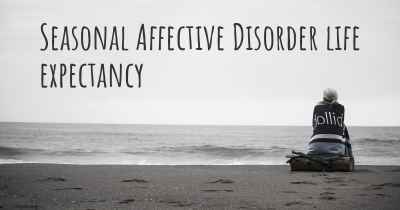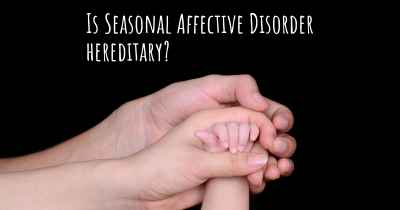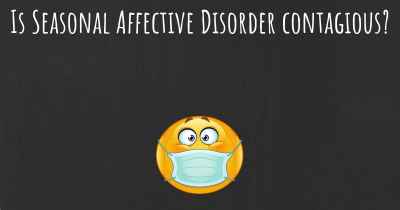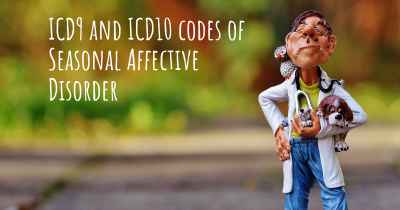How is Seasonal Affective Disorder diagnosed?
See how Seasonal Affective Disorder is diagnosed. Which specialists are essential to meet, what tests are needed and other useful information for the diagnosis of Seasonal Affective Disorder
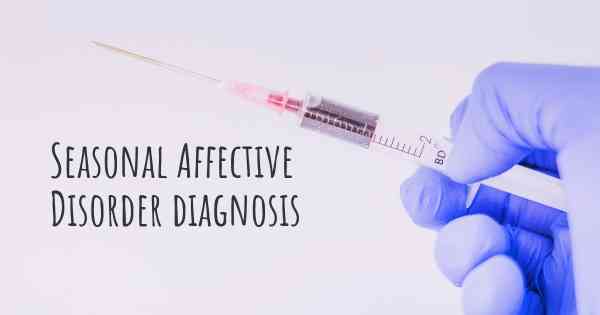
Diagnosing Seasonal Affective Disorder (SAD)
Seasonal Affective Disorder (SAD) is a type of depression that occurs during specific seasons, typically in fall and winter when daylight hours are shorter. It is important to diagnose SAD accurately to provide appropriate treatment and support for individuals experiencing this condition. The diagnosis of SAD involves a comprehensive evaluation by a healthcare professional, typically a psychiatrist or psychologist.
Medical History and Symptoms Assessment
The first step in diagnosing SAD is a thorough medical history assessment. The healthcare professional will ask questions about the individual's symptoms, their duration, and the seasonal pattern of their occurrence. It is crucial to differentiate SAD from other types of depression or mood disorders, as the treatment approaches may vary.
Key symptoms of SAD include:
- Depressed mood
- Loss of interest in activities
- Low energy levels
- Changes in appetite or weight
- Sleep disturbances (oversleeping or insomnia)
- Difficulty concentrating
- Feelings of hopelessness or worthlessness
- Social withdrawal
Seasonal Pattern Assessment
Seasonal pattern assessment is a crucial component of diagnosing SAD. The healthcare professional will evaluate whether the symptoms consistently occur and remit during specific seasons, particularly fall and winter. This pattern should be present for at least two consecutive years to establish a diagnosis of SAD.
Important factors to consider for seasonal pattern assessment include:
- Onset of symptoms during a specific season
- Remission of symptoms during other seasons
- Consistency of the pattern over multiple years
- Timing of symptom onset and remission in relation to seasonal changes
Physical Examination and Laboratory Tests
A physical examination may be conducted to rule out any underlying medical conditions that could be causing or contributing to the symptoms. Laboratory tests, such as blood tests, may also be performed to assess thyroid function and rule out other potential causes of depression.
Diagnostic Criteria
The diagnosis of SAD is based on specific criteria outlined in the Diagnostic and Statistical Manual of Mental Disorders (DSM-5), which is widely used by healthcare professionals. The DSM-5 criteria for SAD include:
- Experiencing depressive episodes that occur at a specific time of the year (typically fall or winter)
- Full remission of depressive episodes during other seasons
- Two or more consecutive years of seasonal pattern
- No non-seasonal major depressive episodes during the same period
- Significant distress or impairment in social, occupational, or other important areas of functioning
Collaborative Approach
Diagnosing SAD requires a collaborative approach between the healthcare professional and the individual. Open and honest communication about symptoms, seasonal patterns, and their impact on daily life is crucial for an accurate diagnosis. It is important to remember that SAD is a treatable condition, and seeking professional help is the first step towards managing and improving one's well-being.
